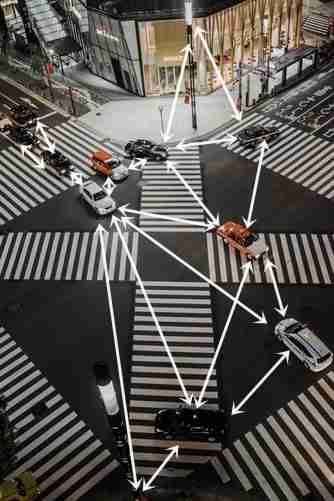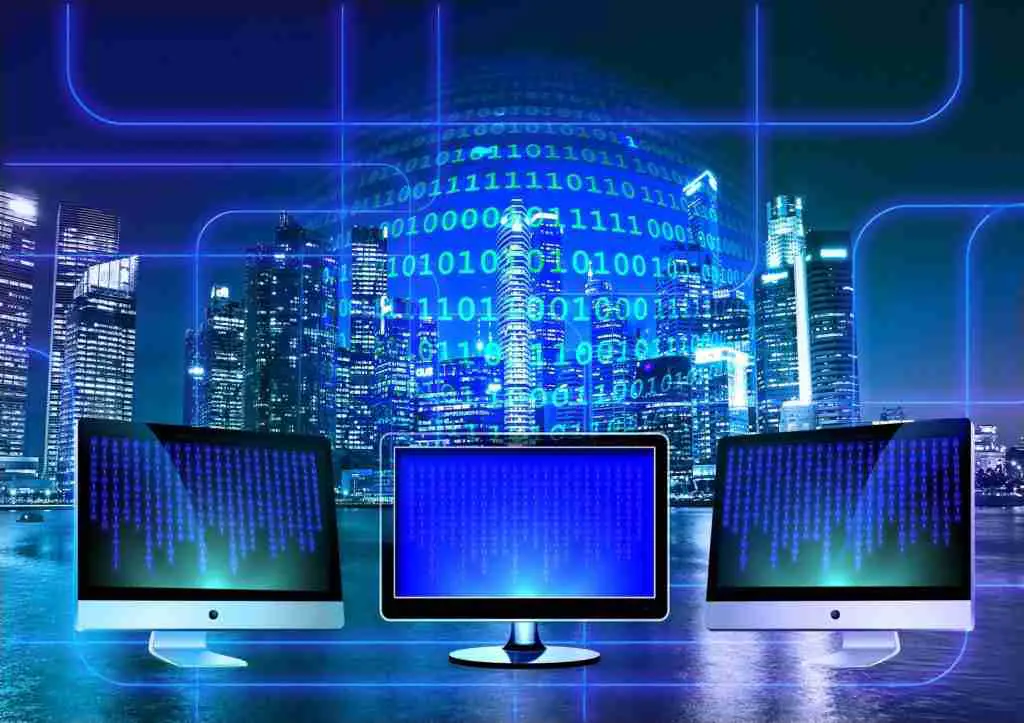You’re on your way to work in your driverless car. The sounds of coffee sips and turning pages of your go-to magazine fill the air while your car is talking to the car ahead of it and behind it, at the same time. Traffic lights are giving a heads-up about possible congestion ahead, so the car decides to take an alternative route and you reach work without any fuss.
The scene isn’t from a sci-fi movie; it is possibly from the future that isn’t a decade out—let that sink in.
It’s safe to say that bad traffic management causes an awful lot of pain for the daily commuter. Be it congestion, stop-start situations at the traffic signals or finding a mere parking spot which could suddenly turn into an elusive affair.
The problems created by these situations could be a lot more severe than they look. The stop-start driving situations result in emittance of a large number of harmful gases (that are not so friendly for Mother Nature). Poor traffic management leads to a lot of time wasted, accidents and squandering of resources. Hence, the demand for a better system surfaces.
Enter IoT
This is probably not the first time you’re hearing this term. It’s no surprise that IoT has been a buzz word in the market for quite some time and its impact justifies its reputation.
The most elementary definition of IoT would be a system that stores and processes data on the cloud without the need of any human efforts.
In case of transportation, think of IoT’s implementation like a connected network of all the things you see when you hit the road—the traffic signals, street lights, the infrastructure and of course, the vehicles moving around you.
How Would IoT and Transportation Come Together?
A city’s traffic speaks a lot about its efficiency status and ease of living. Sounds of honking are no music to anybody and people HATE traffic jams. Due to poor management at traffic signals and busy junctions, the clogging starts surfacing and works like a domino effect.
Now, IoT solves this problem by enabling all the elements at the street and highways to exchange information. For example, if a big chunk of traffic is heading towards the same point, the event would result in a jam. But if there’s a healthy communication by exchange of information (thanks to the embedded IoT sensors) between the consecutive street lights, the traffic could be separated into alternative routes. If you take a moment and see the grand scheme of things, this could have an immensely profound effect on a lot of traffic problems.

But we’ve got to realize, intelligent cars and autonomous vehicles alone are not enough to justify the idea of smart streets. For the streets to compliment these automobiles, the entire system (that includes the street lights, traffic signals and the stuff we’ve discussed above) needs to be changed fundamentally, and that clearly requires a lot of inspiration and motivation. IoT in transportation is no walk in the park.
The system would allow the flow of information between vehicles, traffic management authorities, and necessary jurisdictions regarding accidents, weather changes or conditions, as well as traffic congestion—a system equipped with IoT-powered sensors on every important object on the streets and highways.
Think about how real-time information exchange between sensors would assist the entire system in serious and threatening conditions and would further aid in taking correct measures beforehand to avoid problems—hence, fewer issues on the streets and more peaceful nights on the sheets.
The Current State of IoT-Enhanced Transport Management System
We’ve seen a fair share of deployment of some of the ideas that have been discussed. The likes of Intel’s Connected Transportation and Logistics, Cisco’s Connected, Australia’s AutoBahn and a lot of other IoT-based projects have surfaced in recent times with an awful lot of hope and perspective to offer to transportation companies and municipalities. For instance, you may have heard about sensor-equipped parking lots informing drivers of empty parking sports through their smartphones.
In the IEEE Internet of Things Magazine an article was published by an IEEE fellow, Phillip A. Laplante, who is also a professor of software and systems engineering at Penn State Great Valley, in Malvern, Pa., wrote an article that encompassed all the necessary information required to deploy a fully functioning IoT-based transportation system. The article discusses matters from technical standards to privacy concerns involved in building the desired system.

“An IoT-enabled traffic-monitoring system uses a combination of vehicle-to-vehicle, vehicle-to-infrastructure, and infrastructure-to-infrastructure communication systems and analytics to manage traffic situations,” Laplante says. “They’ll be able to inter-operate with other systems such as drones and traffic-awareness services, like Waze.”
The article, “‘Smarter’ Roads and Highways” provides useful insights for city planners, engineers, roadways construction companies and other manufacturers.
If you are fascinated by the subject and you want to delve into deeper details, we recommend you to read the article.
Major Challenges of Employing IoT in Traffic Assistance
To be fair, implementing IoT in transportation seems like a highly complex system to create even in the mind. We’re talking execution of a huge program that deals with a massive amount of data produced every minute, highly sophisticated network standards and iron-clad security—too much to stomach?
The scenario is riddled with challenges, big and small. For now, let’s talk about some of the major ones.
Managing Enormous Amounts of Data
In the current time, data is one of the most treasured assets for organizations and it might be treated like oil in the near future. Data is power but…
Traffic data from vehicles’ GPS, sensors, traffic cameras, etc. would be collected and processed in the real-time. Quite obviously, it would require highly advanced processing units to carry out all the operations seamlessly—without involving extravagant resources.
High-speed Data Transfer Without Any Interruption
As discussed above, society would be dealing with the transfer of large high-speed data sets in real-time. Delays in the transfer of data could have terrible outcomes in an autonomous system.
So, in simple words, a robust and highly reliable network infrastructure would be required to handle the smooth functioning of the ever-growing data.
Security and Privacy Concerns
This could have serious repercussions if not handled well.
The data exchanged and distributed has the potential to contain sensitive information about individuals. For example, a person’s driving habits would be subject to analysis, and that’s just one of the many things. The Internet is a daunting place and signing for a system that could put your sensitive data at risk always encourages people to make peace with the existing system.

Concerning the physical assets, they are also under the threat of any kind of damage, vandalism or theft.
So, we’d have to make sure the entire system including the IoT devices, sticks to the security policies and all the data must be carried safely. Security is as paramount to the execution in this scenario and even the slightest of errors could have awful outcomes. Hence, the requirement of extra concern in case of security.
Investments
Yes, the entire idea comes with the promise of a more efficient, convenient and greener traffic management. However, it can be a tough sell for cities to cough up the investment required to implement everything successfully.
There would be a definite need to efficiently train engineers around all moving parts within the network as well as government authorities to ensure the implementation and use of IoT without any complication.
The realization of IoT to assist traffic needs a carefully planned approach requiring an awful lot of monetary investment. Albeit, this is the price civilization pays a better tomorrow.
Conclusion
IoT in transportation is still a ways off and the mountain is a tough climb. That said, the notion does showcase a glimmer of a beautiful and seamless future of transportation.
Ideally, the goal of utilizing IoT is creating a fully automated system where every moving object on the road communicates with its surroundings and makes its own educated choices.
However, we need solid fundamentals before even thinking about creating the system.
First, we need to solve the existing issues and complexities that might become a problem when we implement high-tech solutions to the mix. Once, the structural issues are ruled out, we’d move onto integrating the tech-related infrastructure such as ensuring high-speed internet connectivity—an important glue that would hold literally everything together.
In a nutshell, we are heading into a tomorrow where going out would be easier than it is right now. A time when your bus to work would always arrive on time and in the rare chance it didn’t, you would know well ahead of time. The possibilities are endless and so fascinating.
Further reading:
Elemental Gases in Front of a Tesla Coil
Photo of an Atom: Scientist Captures Extraordinary Image
